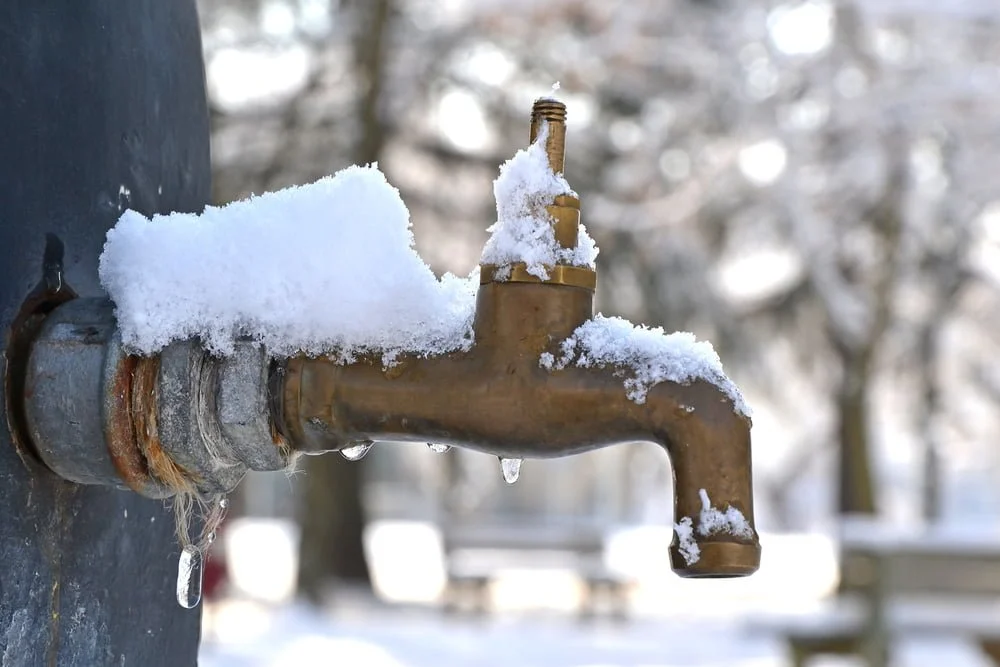Protecting Your Pipes from Cold Weather Issues: Critical Strategies
Protecting Your Pipes from Cold Weather Issues: Critical Strategies
Blog Article
We've come across the article about Prevent Frozen Pipes below on the net and felt it made perfect sense to talk about it with you here.

Cold weather can ruin your plumbing, specifically by freezing pipelines. Here's how to prevent it from taking place and what to do if it does.
Intro
As temperature levels decline, the threat of frozen pipes boosts, potentially causing expensive repair work and water damage. Recognizing just how to avoid icy pipelines is crucial for house owners in chilly environments.
Comprehending Icy Pipelines
What triggers pipelines to freeze?
Pipelines freeze when exposed to temperatures listed below 32 ° F (0 ° C) for prolonged durations. As water inside the pipes ices up, it expands, putting pressure on the pipeline wall surfaces and potentially creating them to burst.
Risks and problems
Icy pipelines can lead to water interruptions, property damage, and expensive repairs. Ruptured pipes can flood homes and cause considerable architectural damages.
Indications of Frozen Water Lines
Determining icy pipes early can stop them from breaking.
Just how to identify icy pipelines
Seek reduced water circulation from taps, unusual smells or noises from pipes, and visible frost on exposed pipelines.
Prevention Tips
Insulating prone pipelines
Cover pipes in insulation sleeves or utilize warm tape to secure them from freezing temperature levels. Concentrate on pipelines in unheated or outside locations of the home.
Heating strategies
Maintain indoor rooms properly heated, particularly areas with pipes. Open cupboard doors to allow cozy air to circulate around pipes under sinks.
Protecting Outdoor Plumbing
Garden hoses and outdoor faucets
Disconnect and drain garden pipes before wintertime. Mount frost-proof faucets or cover exterior faucets with protected caps.
What to Do If Your Pipes Freeze
Immediate activities to take
If you think icy pipes, maintain faucets open to soothe stress as the ice thaws. Make use of a hairdryer or towels soaked in hot water to thaw pipelines gradually.
Long-Term Solutions
Architectural adjustments
Take into consideration rerouting pipelines away from outside walls or unheated areas. Include additional insulation to attics, basements, and crawl spaces.
Updating insulation
Invest in high-grade insulation for pipes, attics, and walls. Appropriate insulation assists keep regular temperature levels and minimizes the threat of icy pipelines.
Final thought
Stopping icy pipes calls for aggressive measures and quick reactions. By comprehending the reasons, indicators, and safety nets, homeowners can protect their pipes throughout winter.
5 Ways to Prevent Frozen Pipes
Drain Outdoor Faucets and Disconnect Hoses
First, close the shut-off valve that controls the flow of water in the pipe to your outdoor faucet. Then, head outside to disconnect and drain your hose and open the outdoor faucet to allow the water to completely drain out of the line. Turn off the faucet when done. Finally, head back to the shut-off valve and drain the remaining water inside the pipe into a bucket or container. Additionally, if you have a home irrigation system, you should consider hiring an expert to clear the system of water each year.
Insulate Pipes
One of the best and most cost-effective methods for preventing frozen water pipes is to wrap your pipes with insulation. This is especially important for areas in your home that aren’t exposed to heat, such as an attic. We suggest using foam sleeves, which can typically be found at your local hardware store.
Keep Heat Running at 65
Your pipes are located inside your walls, and the temperature there is much colder than the rest of the house. To prevent your pipes from freezing, The Insurance Information Institute suggests that you keep your home heated to at least 65 degrees, even when traveling. You may want to invest in smart devices that can keep an eye on the temperature in your home while you’re away.
Leave Water Dripping
Moving water — even a small trickle — can prevent ice from forming inside your pipes. When freezing temps are imminent, start a drip of water from all faucets that serve exposed pipes. Leaving a few faucets running will also help relieve pressure inside the pipes and help prevent a rupture if the water inside freezes.
Open Cupboard Doors
Warm your kitchen and bathroom pipes by opening cupboards and vanities. You should also leave your interior doors ajar to help warm air circulate evenly throughout your home.

As an avid person who reads about 6 Ways to Prevent Frozen Pipes, I thought sharing that topic was essential. Loved our write-up? Please quickly share it. Let someone else check it out. Thanks for being here. Come back soon.
This Website Report this page